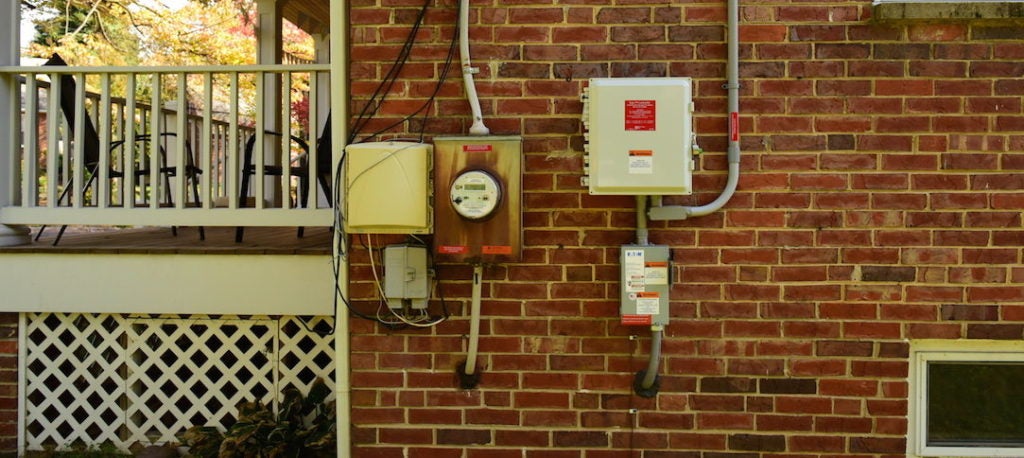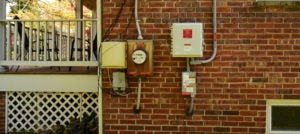Maryland Public Service Commission announces Grid of the Future proceeding

 This is the second update in a series on Maryland’s Grid of the Future. Previously, we covered Pepco Holdings’ filing at the end of June to the Maryland Public Service Commission. This requested the Commission “initiate a proceeding to examine opportunities to transform the electric distribution grid in the State of Maryland”. Since then, the Public Service Commission has responded and announced the opening of a Public Conference on the topic.
This is the second update in a series on Maryland’s Grid of the Future. Previously, we covered Pepco Holdings’ filing at the end of June to the Maryland Public Service Commission. This requested the Commission “initiate a proceeding to examine opportunities to transform the electric distribution grid in the State of Maryland”. Since then, the Public Service Commission has responded and announced the opening of a Public Conference on the topic.
What’s going to be covered?
According to the Commission’s statement, Public Conference 44 (“PC44” for short) will cover seven topics. These are: rate design, benefits and costs of DERs (Distributed Energy Resources, like solar), Advanced Metering Infrastructure (i.e. smart meters), Energy Storage, the Interconnection Process, Distribution System Planning, and Limited-Income Marylanders. The Commission intends to explore these topics over an 18-month period.
PC44 affects everyone in Maryland
The topics this proceeding will cover impact all Marylanders. It is critical the Commission bring the conversation to communities around the State. More than 150 MD SUN network members have already asked the Commission to set meeting times and locations that are accessible and convenient and to enable interested parties, particularly those with limited resources, to get involved. These steps will help to ensure the public is educated about the importance of this issue.
What the future could look like
Today’s electric utilities are designed for an era reliant on fossil fuels and centralized distribution. Many elements of the current electrical grid are expensive and increasingly vulnerable to disruptive outages. There are ways, however, to shape the grid’s evolving infrastructure so it brings cost savings and supports a more renewable, competitive, and customer-friendly system that’s open to everyone. Such a system has the promise to make energy affordable for everyone, keep jobs and economic growth in our communities, protect our climate, give consumers greater control over their energy, increase energy security and reliability, and shift from a centralized to a local and distributed energy environment.
